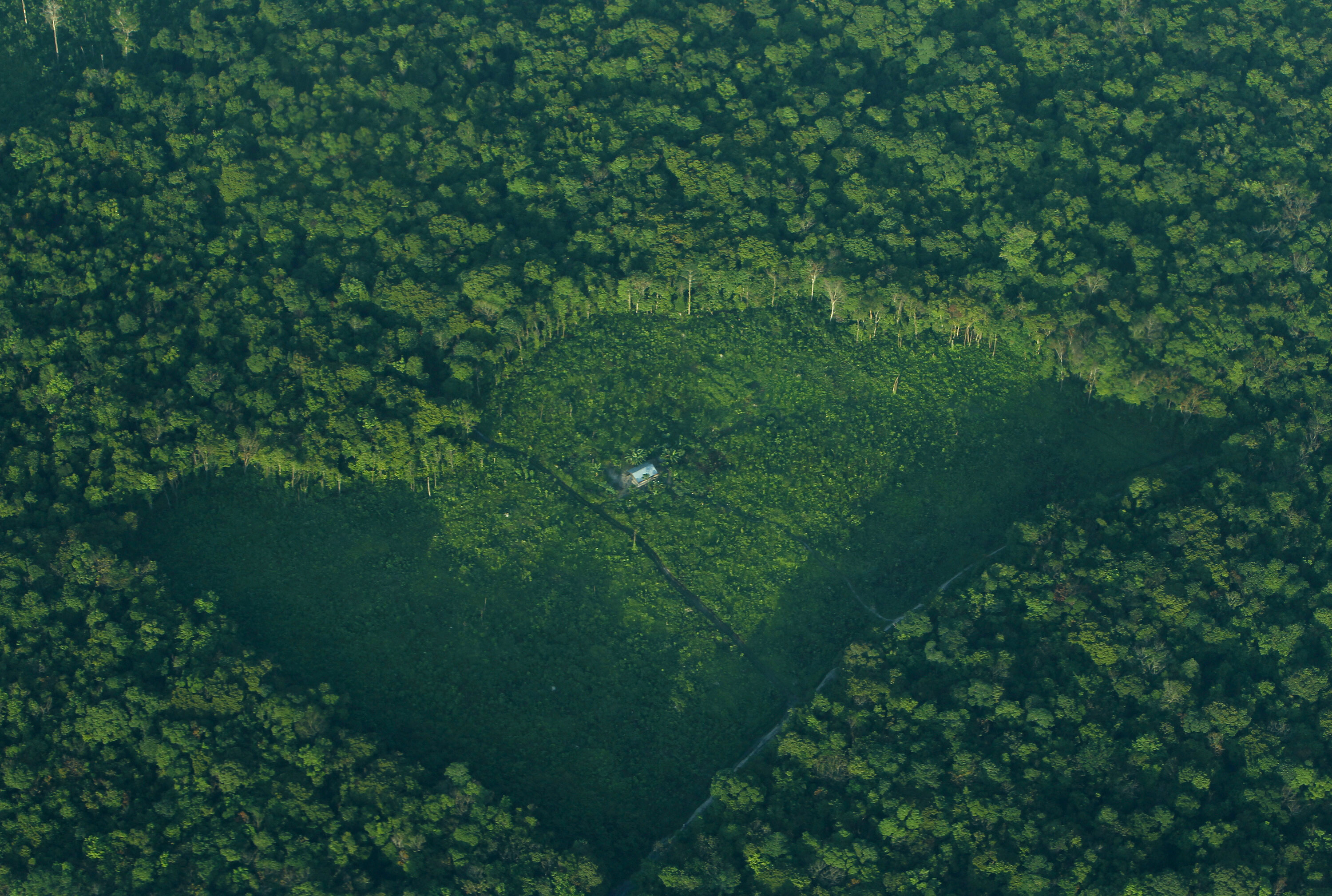How biodiversity credits can finance nature-positive outcomes

Biodiversity credits: the nature finance gap remains at over $700 billion per year.
Image: Getty Images/iStockphoto
Sylvie Goulard
Co-Chair of the International Advisory Panel on Biodiversity Credits; Professor of Practice in Global affairs and Geopolitics, SDA Bocconi School of ManagementStay up to date:
Future of the Environment
- Biodiversity is important to our health, security and economies, but it’s declining rapidly threatening the very foundations of our future.
- There is a need to raise financing for nature, and biodiversity credits are a crucial tool to channel investments for nature-positive outcomes.
- The International Advisory Panel on Biodiversity Credits is bringing together stakeholders to drive the growth and scaling of such a market.
Nature underpins our lives, livelihoods, health and wellbeing. That means our economy too is embedded in nature, not external to it, as the UK’s Dasgupta Review so clearly spelled out.
Yet nature has declined to its poorest state in human history. Its loss is now one of the greatest threats we face and a multiplier of other global threats, from climate change to pandemics. This puts our collective futures at risk.
There are positive signs that things are starting to change.
What is the World Economic Forum doing about nature?
Biodiversity credits: Turning targets into investment in nature
The urgent need to align financial flows with nature positive outcomes has been cemented in the landmark Kunming Montreal Global Biodiversity Framework (GBF). We have new frameworks for valuing nature and embedding and responding to nature-related risks. The Taskforce for Nature-related Financial Disclosures (TNFD) published its framework last year enabling businesses to place nature onto their balance sheet, and the Science Based Targets Network released its first set of corporate science-based targets for nature, equipping companies to set targets to both reduce their negative impacts and increase positive ones for nature and people.
All of this is driving the business case for nature, but we need to move more quickly. There is still a gap in turning these targets and frameworks into investment in nature, and recognising nature-positive business actions – the nature finance gap remains at over $700 billion per year.
Six months after the GBF agreement, in June last year the UK and French governments launched the International Advisory Panel on Biodiversity Credits (IAPB) at the Summit for a New Global Financing Pact in Paris, to drive the growth and scaling of high-integrity biodiversity credit markets.
Although not the complete solution to financing nature, biodiversity credits are a crucial tool that can enable financial decision makers to put nature-positive actions which benefit people and planet on their balance sheets, while providing the stewards of biodiversity access to much-needed finance.
Unlike carbon, which is the same everywhere, biodiversity is complex, and there are already many types of biodiversity credits in voluntary and compliance markets around the world. Yet we have much to learn from carbon markets, especially when it comes to creating the right incentives to safeguard nature-positive outcomes, working in partnership with the public and private sectors, and Indigenous Peoples and Local Communities.
Have you read?
Davos 2024: Who's coming and what to expect
3 critical steps leaders must take to halt biodiversity loss and tackle climate change
This Caribbean island is showing the world how to save biodiversity
Just 5% of the world’s top 500 companies have biodiversity targets. Here’s how 3 very different industries could go nature-positive
Actionable recommendations
Unlocking this opportunity requires surmounting several barriers where we want to reach actionable recommendations, applicable at national and international levels.
1. Measurements of biodiversity need to be effective, robust and science-based, while securing broad consensus on what these are and allowing for heterogeneity reflecting the diversity of nature.
2. Buyers need to be confident that what they are buying is real and the claims they can make about them are credible, and that these support their business aims complementing corporate social responsibility and TNFD requirements.
3. Suppliers need to be able to ensure they can meet expectations of the market and safeguard integrity of their credits at an economical and fair price over the long term.
4. Nature’s stewards, including land managers, farmers, Indigenous Peoples and Local Communities, need to be involved in the design and development of these markets, have access to the biodiversity they preserve, and receive equitable rewards.
5. Governance of these markets needs to bring all this together to ensure improvements in biodiversity and its avoided destruction are real, and benefits are shared maintaining trust and integrity.
While this is challenging, we are confident.
The community is converging on the same issues, especially of equity and transparency. We are seeing very interesting developments around the world, from the emergence of new compliance and voluntary markets to the forthcoming launch of the Frontrunners coalition and biodiversity credit pilot auction.
We need to work with the World Economic Forum and other stakeholders active in this space and build on what has come before; that is why the IAPB sought engagement globally through its Call for Views. A next step for the IAPB will be to flesh out more clearly the types of possible credit, the claims that sellers and buyers can robustly make, what buyers need in order to invest at scale, the benefits credits create for nature and people, and the respective roles of the public and private sector.
The world faces a moment of urgency. Getting started and building momentum is much more important than waiting for a perfect answer. What is important is to learn from existing best practice, test, pilot and sandbox different approaches and principles, and iterate over time. We have no time to lose.
Accept our marketing cookies to access this content.
These cookies are currently disabled in your browser.
Don't miss any update on this topic
Create a free account and access your personalized content collection with our latest publications and analyses.
License and Republishing
World Economic Forum articles may be republished in accordance with the Creative Commons Attribution-NonCommercial-NoDerivatives 4.0 International Public License, and in accordance with our Terms of Use.
The views expressed in this article are those of the author alone and not the World Economic Forum.
Related topics:
Forum Stories newsletter
Bringing you weekly curated insights and analysis on the global issues that matter.
More on Nature and BiodiversitySee all
Marco Lambertini and Marcelo Bicalho Behar
November 6, 2025
Tom Crowfoot
November 5, 2025
Laura Fisher, David Mueller and Anika Duggal
November 5, 2025
Gill Einhorn and Jack Hurd
November 5, 2025
Network of the Global Future Councils and Kaiser Kuo
November 4, 2025






